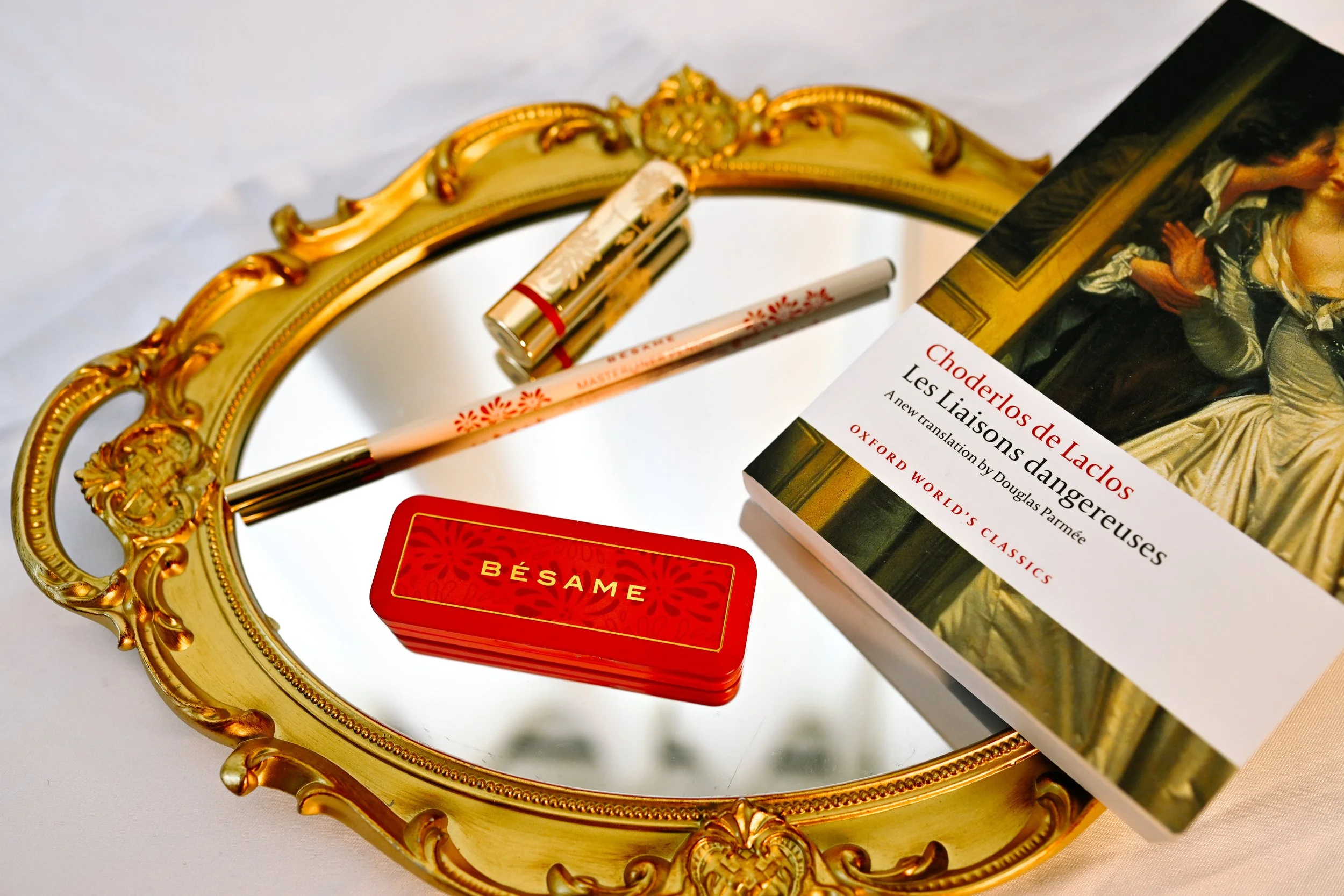Power, Seduction, and Rouge: Lipstick in Les Liaisons Dangereuses
In 1782, Pierre Choderlos de Laclos penned Les Liaisons Dangereuses, a novel of manipulation, pleasure, and war waged through words and seduction. At the heart of this narrative is the character of the Marquise de Merteuil, a woman who weaponizes beauty and intellect to dominate in a world ruled by men.
This literary backdrop is where Bésame Cosmetics' Victory Red finds its narrative counterpart. Though the shade itself hails from 1941 and was worn by real-life military women during WWII, the symbolism runs deeper: this lipstick represents assertion, confidence, and a woman’s command over her image something the Marquise would fiercely understand.
In a world where reputation was everything and letters were as deadly as swords, cosmetics were not just for allure they were for power. In 18th-century France, rouge was a class signifier. To paint one's lips was to signify aristocracy, decadence, and sexual autonomy. The Marquise de Merteuil's meticulous grooming mirrors the military precision of women who wore Victory Red nearly 160 years later.
Both the fictional seductress and the WWII heroine operate under similar constraints: to survive and influence in patriarchal structures. Their rouge isn't ornamental. It's strategic.
This post explores how red lipstick functions across centuries as a weapon of influence from epistolary drama to battlefield morale. The literary parallels remind us that whether writing letters or leading battalions, women have long understood the subtle language of presentation.

